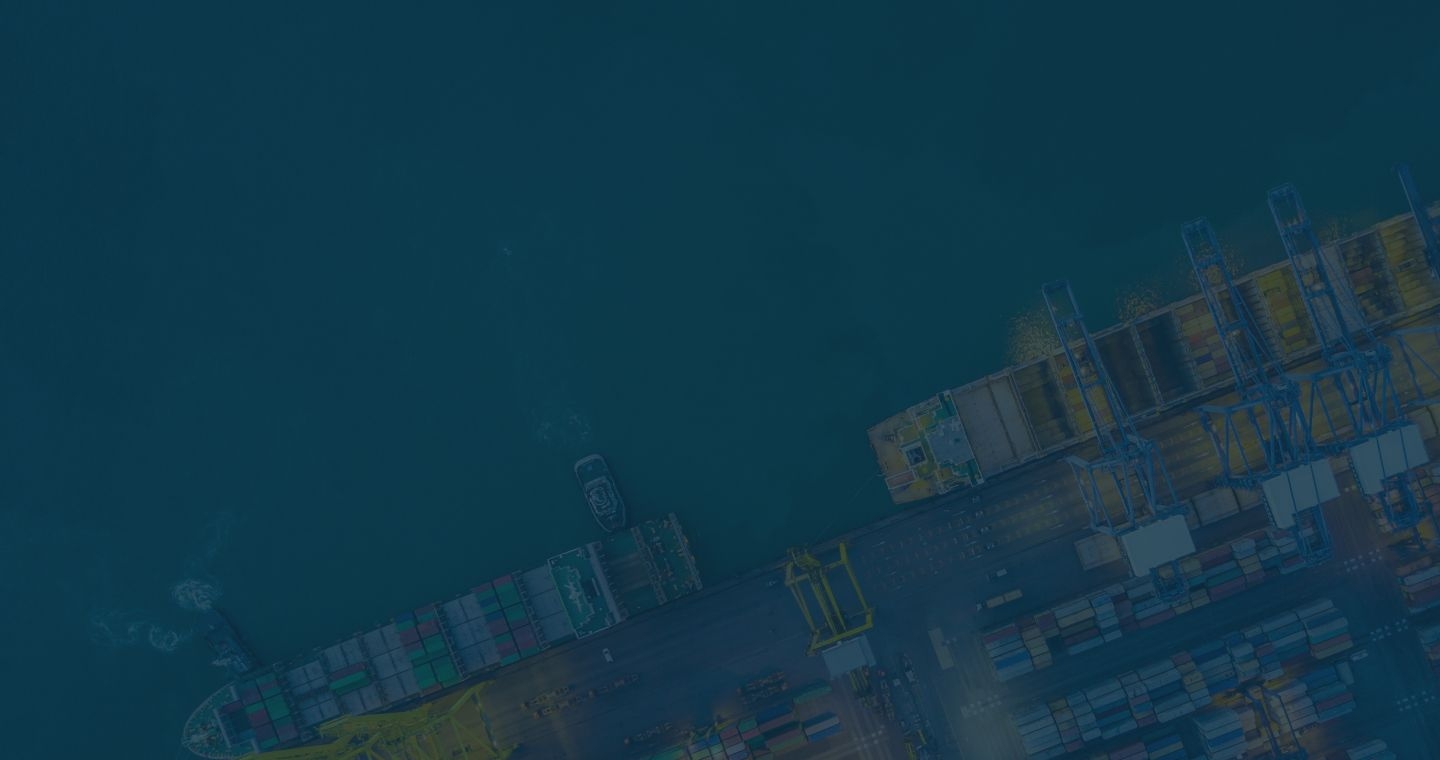
Container Shipping to Colombia — Get Instant Quotes



Why Choose iContainers for Shipping to Colombia?
- Caribbean & Pacific coverage from one country. On the Caribbean, the twin-terminal Port of Cartagena handled ≈ 7.2 million TEU in 2024, ranking it the best-performing port in Latin America and 3ᵒ globally on the World Bank CPPI (colombiaone.com, worldbank.org). On the Pacific, Buenaventura (CO BUN) moves 1.2 million TEU a year, just 16 h from the Panama Canal, giving direct access to Asia-West-Coast services (cruisemapper.com).
- Latin America’s busiest cargo airport. El Dorado (BOG) moved 809 000 t of freight in 2024, ideal for urgent parts or perishables (aviacionline.com).
- End-to-end visibility. One dashboard lets you compare FCL, LCL, and air freight, book online, upload customs docs for DIAN, and track every milestone.
- Industry-specific expertise. Whether you ship coffee, cut flowers, bananas, machinery, or automotive parts, our Colombian brokerage partners pre-clear SIMO plant-health permits and manage free-trade-zone entries.
- Alternative speed option. Need it tomorrow? Select air freight via BOG or Medellín (MDE) at checkout for 24- to 72-hour delivery across the Americas.
Our Container Shipping Services to Colombia
Full Container Load (FCL)
Most-used mode for high-volume imports of machinery, vehicles, electronics, and bulk food ingredients.
Typical routes & times
- Shanghai → Cartagena: 40′ FCL, 30–35 days via Panama.
- Rotterdam → Buenaventura: 40′ FCL, 26–32 days with one trans-shipment at Balboa or Manzanillo.
Ports served: Cartagena (SPRC + Contecar), Buenaventura (TCBUEN + Aguadulce), Barranquilla, Santa Marta.
Country-specific opportunity: Cartagena’s location inside a duty-free zone cuts VAT on re-exports into the Andean Pact.
Less than Container Load (LCL)
Pay only for the space you use — ideal for < 15 m³ / < 12 t.
Weekly consolidations from Miami, Antwerp, Shenzhen move into bonded CFS warehouses in Bogotá and Medellín.
Popular for spare parts, cosmetics, premium foods, and apparel.
Transit-time references
- Hamburg → Cartagena (LCL): 33–36 days door-CFS.
- Miami → Barranquilla (LCL): 6–8 days.
Need it faster? Book air freight via BOG; perishables or line-down parts clear customs in < 24 h and move overnight to any major city.
Container shipping rates to Colombia
How much does it cost to ship a container to Colombia?
How Long Does It Take?
- East Asia → Cartagena/Buenaventura: 30–35 days (direct via Panama or trans-ship at Balboa).
- North Europe → Caribbean Colombia: 25–30 days with one trans-shipment.
- US Gulf / East Coast → Cartagena: 4–8 days direct.
- Air freight via BOG: 1–3 days door-to-door in the Americas; 3–5 days ex-Europe/Asia.
Popular Routes & Ports
| Trade Lane | Weekly Service Highlights |
|---|---|
| Pacific Asia | Shanghai, Ningbo, Yantian → Buenaventura (WSA5 loop) |
| Atlantic Asia | Singapore, Colombo → Cartagena (MSC & CMA CGM Panama strings) |
| North America | Miami, Houston, New York → Cartagena / Barranquilla |
| Inland Feeder | Cartagena ↔ Barranquilla, Santa Marta & Turbo |
6 Simple Steps to Book with iContainers
- Get an instant quote for FCL, LCL, or air.
- Upload paperwork — commercial invoice, packing list, HS codes, and (if needed) ICA/SANIPES phytosanitary certificates.
- Confirm & pay online.
- Track gate-in, departure, trans-shipment, arrival, and DIAN release in real time.
- Customs clearance — self-file in MUISCA or let our licensed broker handle duties and VAT.
- Arrange final-mile trucking to Bogotá free-zone, Medellín, Cali, or your Amazon CO prep center.
What Can You Ship in a Container to Colombia?
Common Commodities
- Coffee & cocoa
- Cut flowers
- Bananas & avocados
- Automotive parts
- Machinery
- Consumer electronics
Restricted / Prohibited Goods
- Narcotics precursors, counterfeit brands, used clothing in bulk.
- Live plants or seeds without ICA permits.
- Weapons & ammunition without Ministry of Defence licences.
- Untreated wood packaging (ISPM-15).
Main ports in Colombia
FAQs About Shipping Containers to Colombia
Use our instant quote tool — rates already bundle ocean freight, fuel, and Colombian THC.
For cargo < 15 m³, weekly LCL consolidation beats FCL.
Not by law, but strongly recommended; add full-value coverage at checkout.
Yes — mountain routes can add 24–48 h; factor this into time-critical moves or choose air freight.
Absolutely — our brokers handle DIAN entry, VAT payment, and release so your shipment moves out quickly.